
The Long Range Desert Group (LRDG) was a reconnaissance and raiding unit of the British Army during the Second World War.
Patrick Andrew Clayton DSO MBE was a British surveyor and soldier. He was the basis for the character of Peter Madox in The English Patient.

Ice Cold in Alex is a 1958 British war film set during the Western Desert campaign of World War II based on the novel of the same name by Christopher Landon. Directed by J. Lee Thompson and starring John Mills, the film was a prizewinner at the 8th Berlin International Film Festival. Under the title Desert Attack, a shortened, 79-minute version of the film was released in the United States in 1961. Film critic Craig Butler later referred to the shortened versions as nonsensical.

Popski's Private Army, officially No. 1 Demolition Squadron, PPA, was a unit of British Special Forces set up in Cairo in October 1942 by Major Vladimir Peniakoff. Popski's Private Army was one of several raiding units formed in the Western Desert during the Second World War. The squadron also served in Italy, and was disbanded in September 1945.

The Sea Shall Not Have Them is a 1954 British war film starring Michael Redgrave, Dirk Bogarde and Anthony Steel. It was directed by Lewis Gilbert and is based on the 1953 novel by John Harris, about a North Sea rescue during the Second World War. The musical soundtrack is by composer Malcolm Arnold.

Tobruk is a 1967 American drama war film directed by Arthur Hiller and starring Rock Hudson and George Peppard. The film was written by Leo Gordon and released through Universal Pictures.

Sahara is a 1943 American action war film directed by Zoltán Korda and starring Humphrey Bogart as an American tank commander in Libya who, along with a handful of Allied soldiers, tries to defend an isolated well with a limited supply of water from a German Afrika Korps battalion during the Western Desert Campaign of World War II.

Carry On Sergeant is a 1958 British comedy film about National Service starring William Hartnell, Bob Monkhouse and Eric Barker; it is the first in the series of Carry On films, with 31 entries released from 1958 to 1992. The film was based on a play The Bull Boys by R. F. Delderfield and was adapted into a script by Norman Hudis with John Antrobus contributing additional material and replacing the conscripted ballet dancers of the novel into a married couple. It was directed by Gerald Thomas and produced by Peter Rogers, a partnership which would last until 1978. Actors in this film, who went on to be part of the regular team in the series, were Kenneth Williams, Charles Hawtrey, Hattie Jacques, Kenneth Connor and Terry Scott. The film was followed by Carry On Nurse 1959.

Play Dirty is a 1969 British war film starring Michael Caine, Nigel Davenport, Nigel Green and Harry Andrews. It was director Andre de Toth's last film, based on a screenplay by Melvyn Bragg and Lotte Colin.
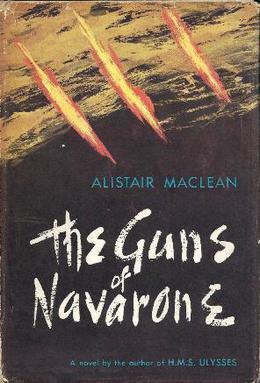
The Guns of Navarone is a 1957 novel about the Second World War by Scottish writer Alistair MacLean that was made into the film The Guns of Navarone in 1961. The story concerns the efforts of an Allied commando team to destroy a seemingly impregnable German fortress that threatens Allied naval ships in the Aegean Sea and prevents over 1,200 isolated British Army soldiers from being rescued.
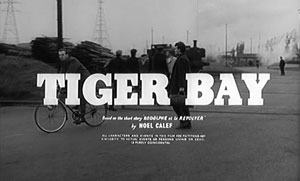
Tiger Bay is a 1959 British crime drama film based on the short story "Rodolphe et le Revolver" by Noël Calef. It was directed by J. Lee Thompson, produced by John Hawkesworth, and co-written by John Hawkesworth and Shelley Smith. It stars John Mills as a police superintendent investigating a murder; his real-life daughter Hayley Mills, in her first major film role, as a girl who witnesses the murder; and Horst Buchholz as a young sailor who commits the murder in a moment of passion.
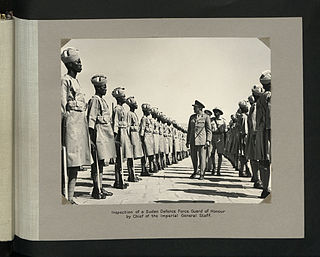
The Sudan Defence Force (SDF) was a locally recruited, British-led force formed in 1925 to assist the police in the event of civil unrest, and to maintain the borders of British administered Sudan. During World War II, it also served beyond the Sudan in the East African campaign and in the Western Desert campaign.

The Capture of Kufra was part of the Allied Western Desert Campaign during the Second World War. Kufra is a group of oases in the Kufra District of south-eastern Cyrenaica in the Libyan Desert. In 1940, it was part of the colony of Italian Libya Libia Italiana, which was part of Africa Settentrionale Italiana (ASI), which had been established in 1934.

Operation Caravan was a subsidiary of Operation Agreement under which four simultaneous raids were carried out against important Axis lines of communication positions in September 1942.
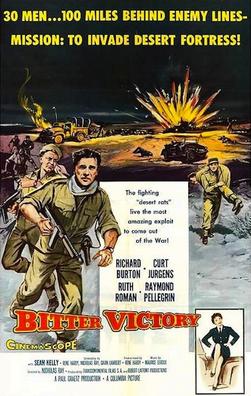
Bitter Victory is a 1957 Franco-American international co-production film, shot in CinemaScope and directed by Nicholas Ray. Set in World War II, it stars Richard Burton and Curt Jürgens as two British Army officers sent out on a commando raid in North Africa. Ruth Roman plays the former lover of one and the wife of the other. It is based on the novel of the same name by René Hardy.
Brigadier Edward Cecil Osbaldeston Mitford Military Cross was a British officer in the British Army during the Second World War and after. He was an explorer of the Sahara desert before the war which was instrumental in his becoming one of the original members of the Long Range Desert Group. He later commanded five armoured regiments and an armoured brigade. He was also a member of the Mitford family from Northumberland.

Sahara is a 1995 American-Australian made-for-television action war film shot in Australia and directed by Brian Trenchard-Smith and starring Jim Belushi. Sahara is a remake of the 1943 film of the same title starring Humphrey Bogart.

Taxi for Tobruk is a 1961 war film directed by Denys de La Patellière and starring Charles Aznavour, Lino Ventura and Hardy Krüger. It was made as a co-production between France, Spain and West Germany.
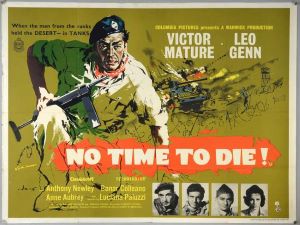
No Time to Die is a 1958 British war film directed by Terence Young and starring Victor Mature, Leo Genn, Anthony Newley and Bonar Colleano. It is about an American sergeant in the British Army during the Second World War.
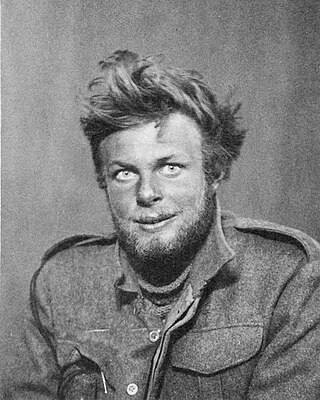
Willis Michael Sadler was a British Army officer. He was the last original member of the Special Air Service and the last survivor of the Long Range Desert Group.


















